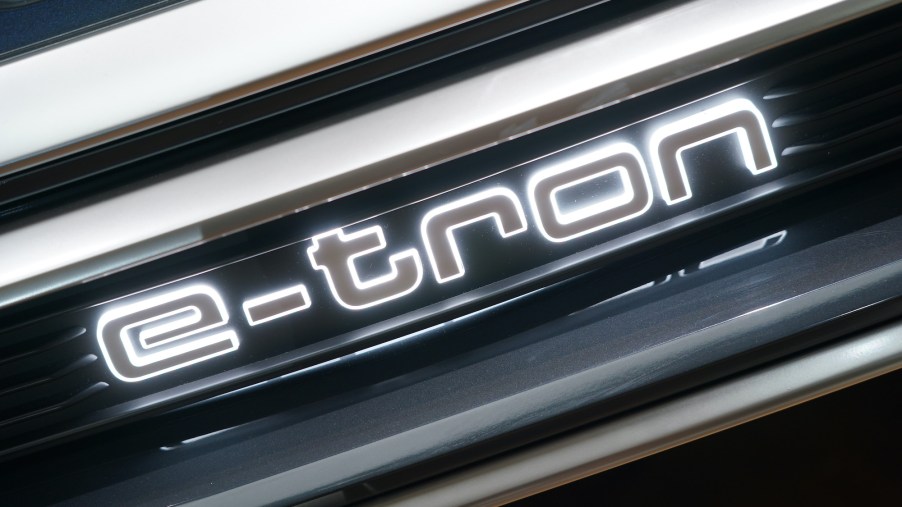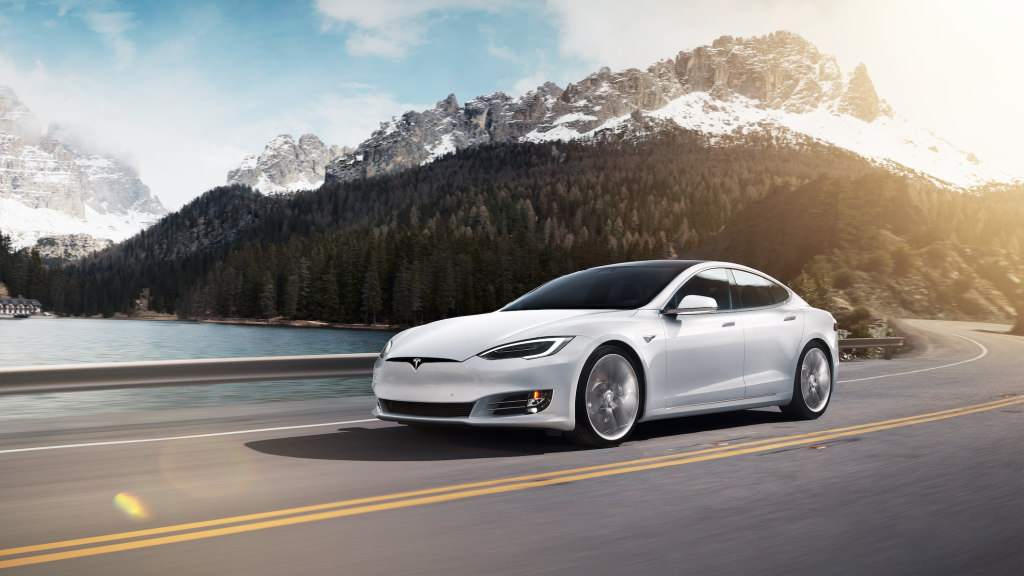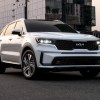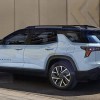
1 in 10 Cars Sold in Europe Is Electric or Plug-in Hybrid and Climbing
Europe seems to be embracing the electrification of the automotive industry pretty well. Several countries have passed legislation to enhance their infrastructure to include more charging points for electric cars and to reduce carbon emissions as well. So, the consumers there are now buying electric or plug-in hybrids cars at a rate of 1 in 10 during the first half of this year.
Electric car adoption will be 15 percent by next year

According to Ars Technica, the rate of electric car adoption is ten percent this year. That’s triple last year’s rate. By the end of next year, however, the Transport And Environment policy group says that the projection of electric car adoption will rise to 15 percent. This is in response to tightening CO2 restrictions across Europe.
CO2 restrictions in Europe won’t tighten again until 2030.
The report says that CO2 restriction will not tighten again until 2030. While some automotive manufacturers are making progress with electric or plug-in hybrids, others are lagging behind. So, they are forced to hunt down credits to purchase from other manufacturers. This will only buy them time, however, if they have an electric product in the pipeline. Otherwise, credits decrease in value until they eventually run out.
The publication goes on to say that BMW and Volvo have met targets, so far, while Daimler, Hyundai, and Kia, are falling behind and may need credits. Also, Toyota, Mazda, and Nissan are very close to meeting their targets. In a situation where no credits are available, and an automaker fails to meet targets, there are penalties that will need to be paid to the appropriate European government agencies.
Norway’s embracing of electrification is unprecedented.
Over in Norway, things are very different. In September, a recent report filed by Electrek says 60 percent of all new car sales were electric. That is a huge adoption rate.
“Norway has long been the world’s leading market when it comes to electric vehicles. They have the most aggressive electrification goal of any market with the aim to have every new car on the road being electric by 2025.”
The electric car picture in the USA is more stark
In the United States, the picture is a little more stark. According to the Federal EV Tax Credit Phase Out Tracker report by EV Adoption, which is updated quarterly, only Tesla and GM have met the requirements for the USA. The rest of the manufacturers are falling short. The target here is 200,000 sales of electric or hybrid plug-in electric vehicles. According to the report,
“Tesla reached the milestone in July 2018, and General Motors reached it in December 2018. No other automaker is likely to reach the 200,000 unit sales threshold until at least 2022-2023.”
Tesla is, of course, praised for making the mainstream automotive manufacturers take a more serious look at electrifying their lineups. Consequently, many manufacturers have rushed to catch up on electric technology delivery systems. It is suspected that as CO2 emissions continue to be a hotspot of debate amongst consumers that manufacturers with electric offerings will see an increasing spotlight upon their lineups. So, many manufacturers are racing to be on the bleeding edge of the technology for brand recognition.
It is becoming harder for a company to introduce a vehicle that isn’t electric
There will always be a combustion engine vehicle. But as the public embraces electric vehicles, it is becoming harder for any automotive company to justify introducing new products that aren’t electric. So, the next ten or fifteen years will probably see many manufacturers switching to almost, emphasis on almost, exclusively to electric or hybrid-electric cars. Sound surprising? Not really. Just think back, ten or fifteen years ago. Tesla was relatively unknown at that time.


